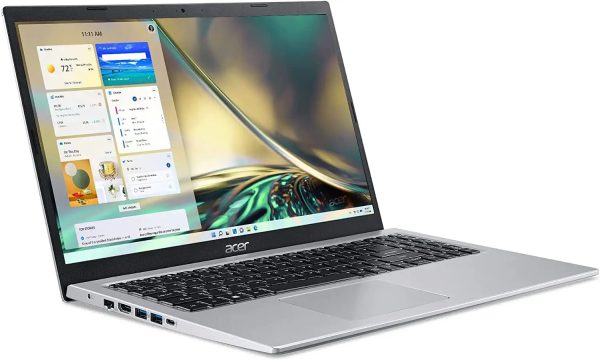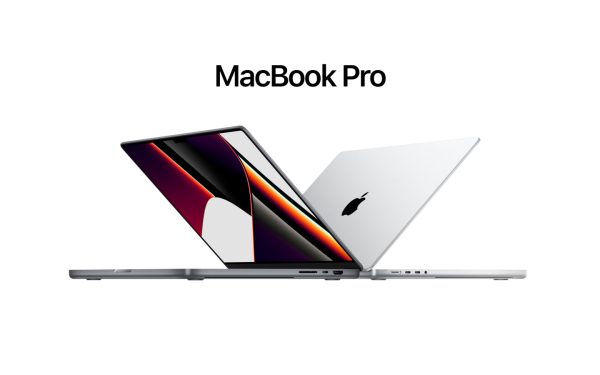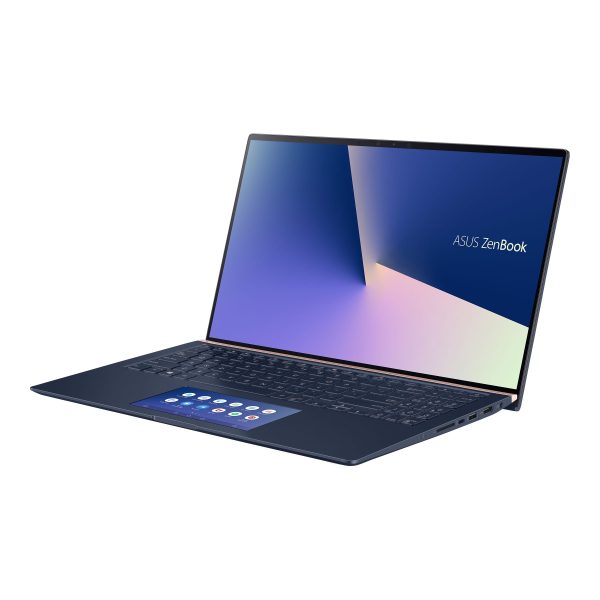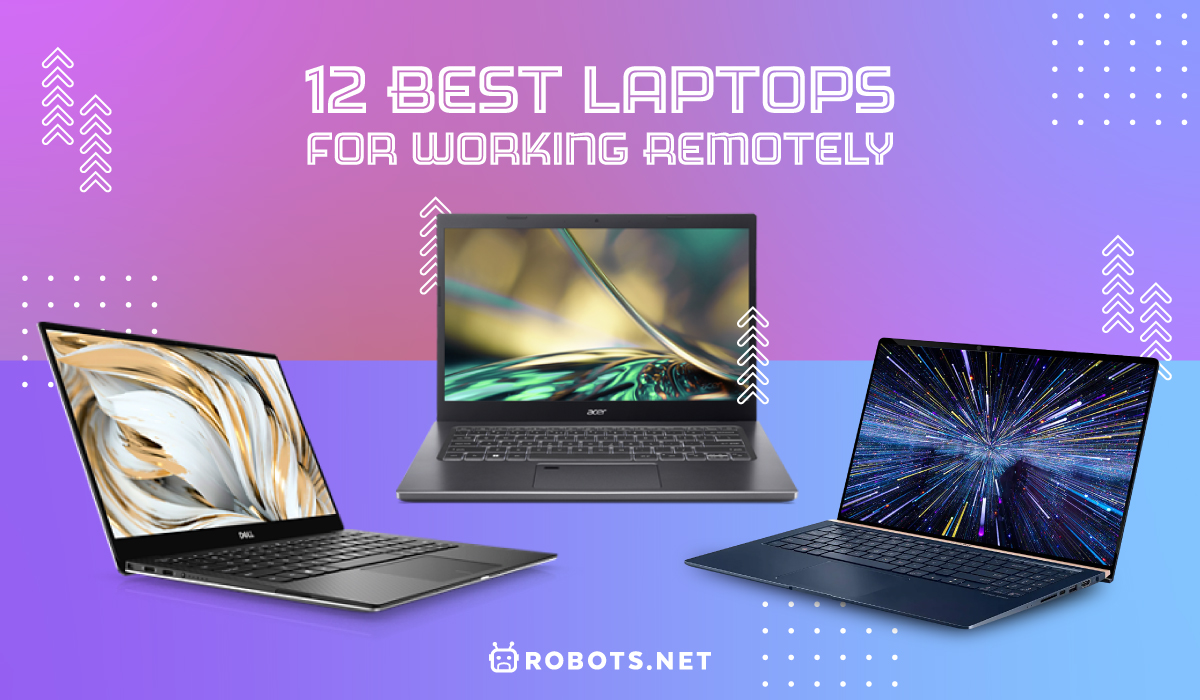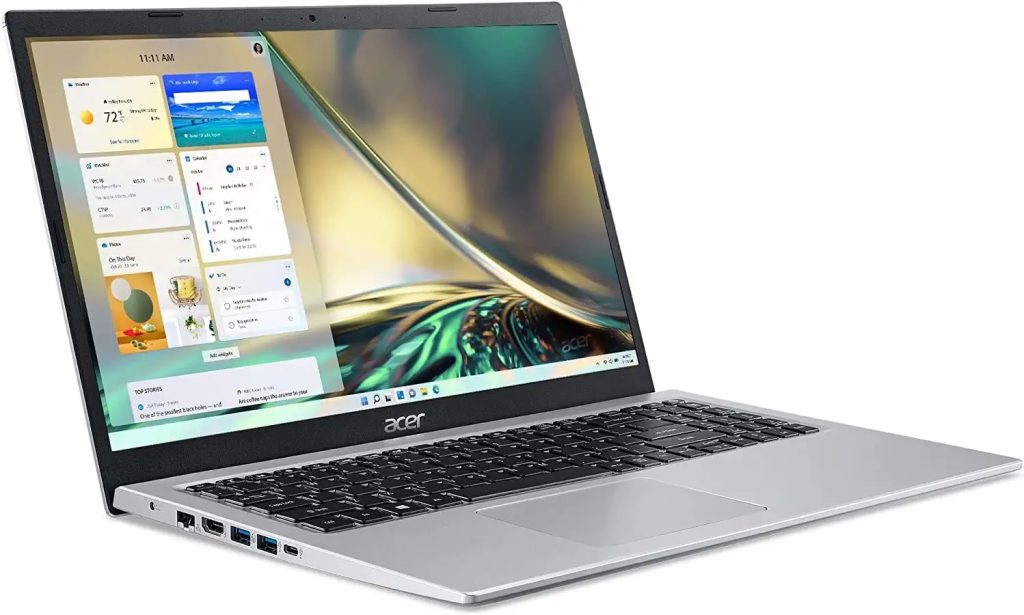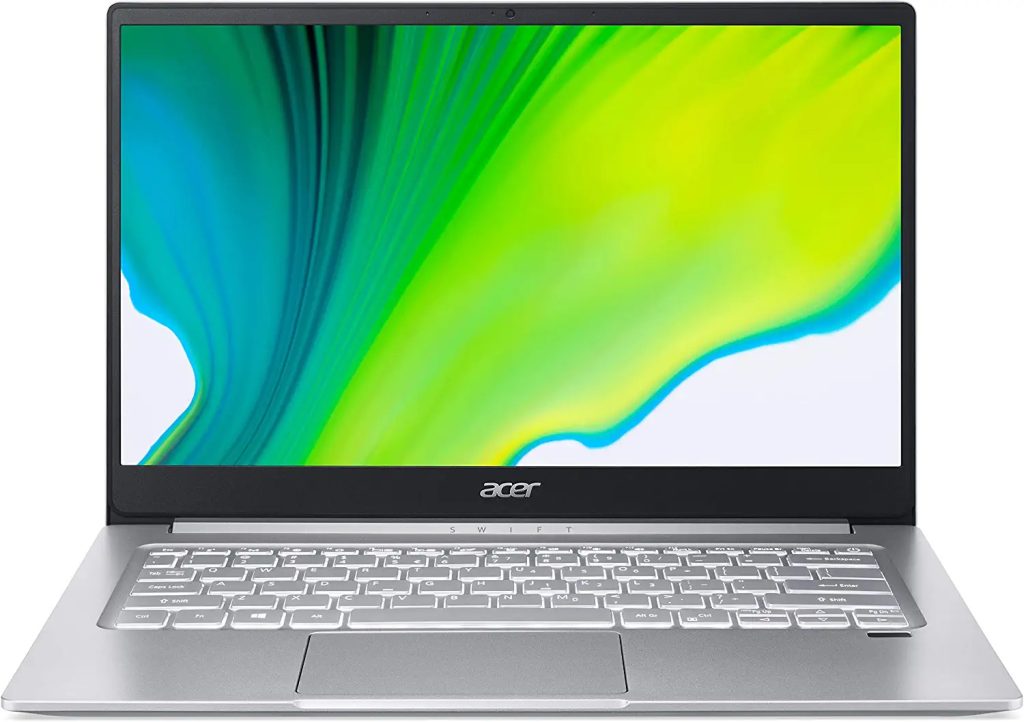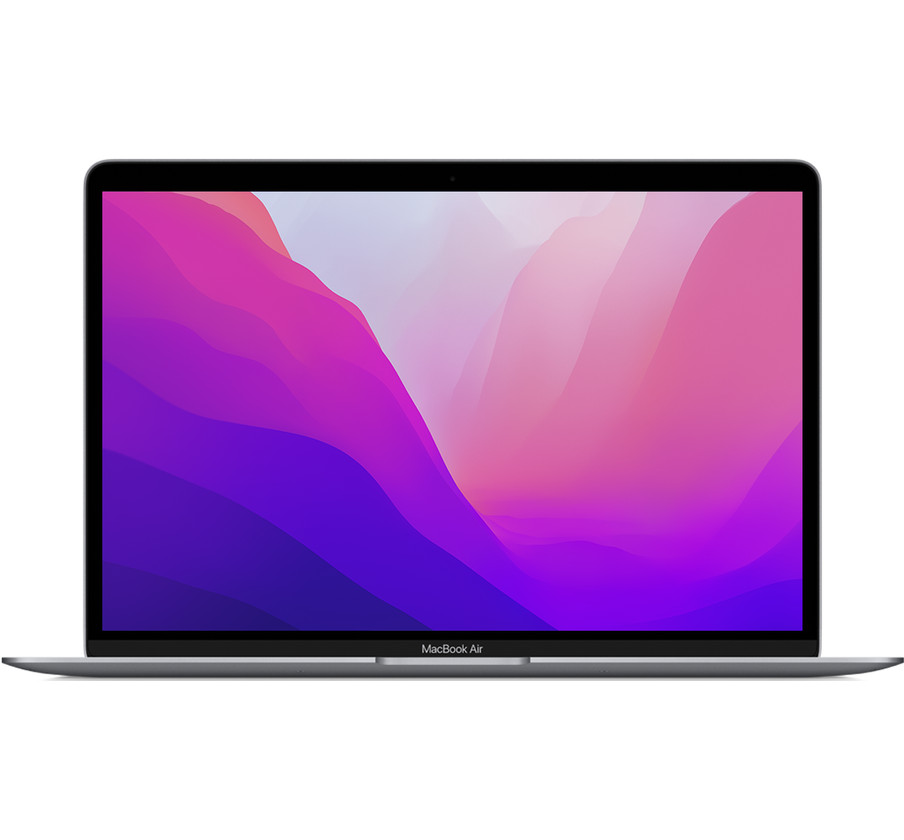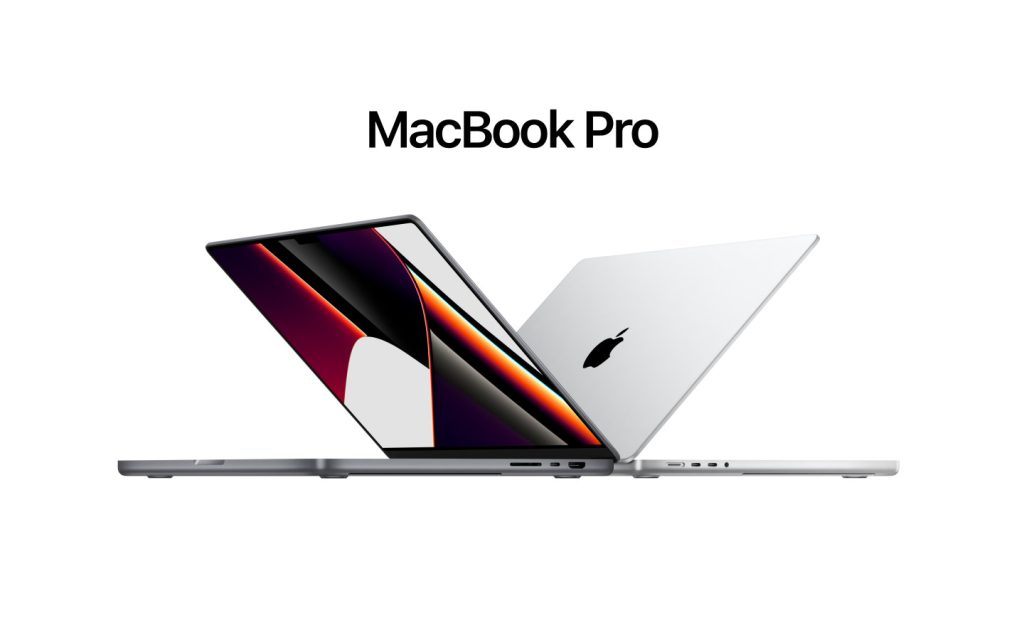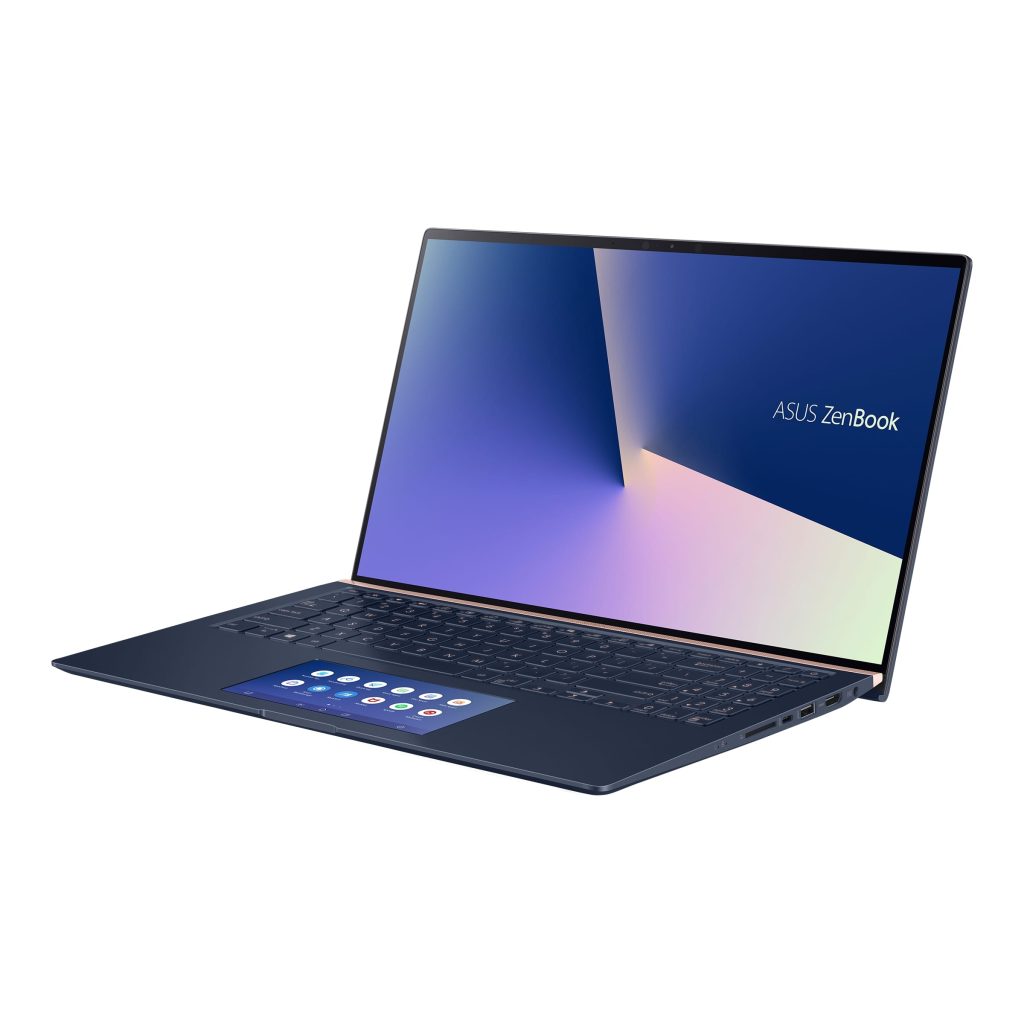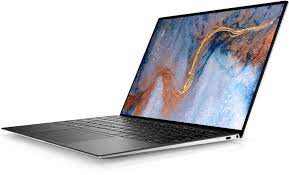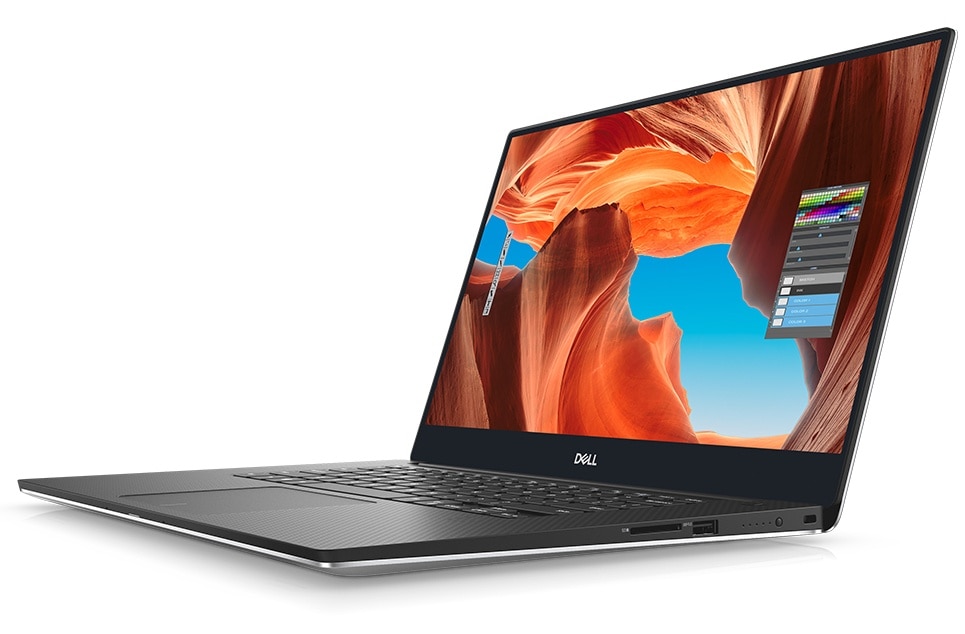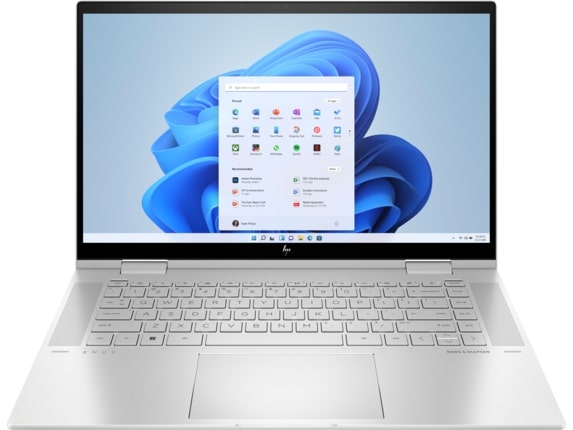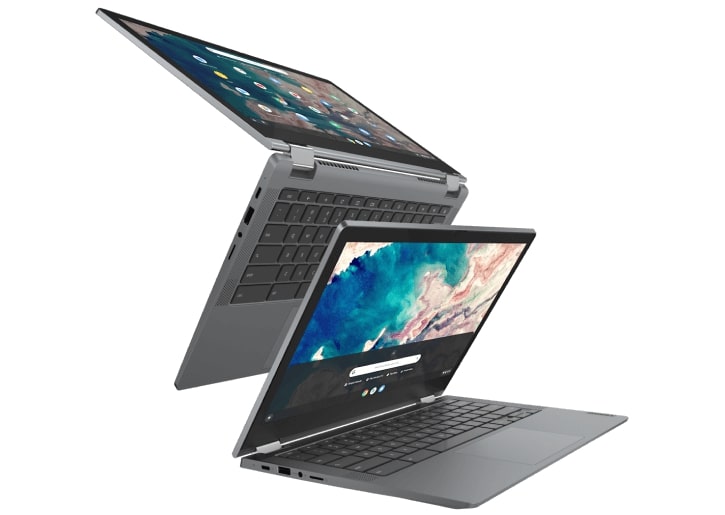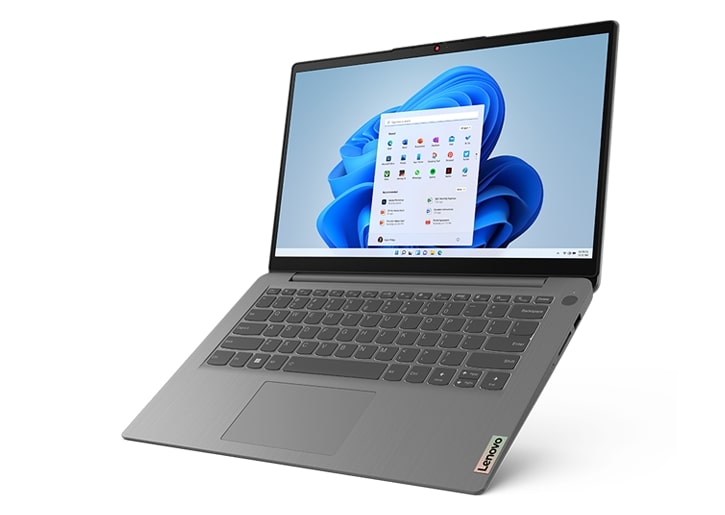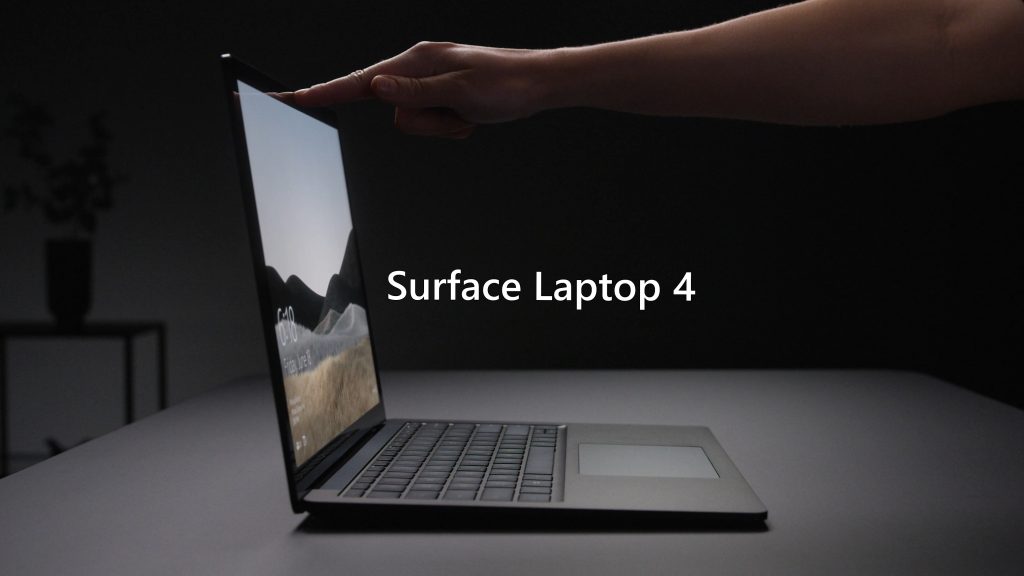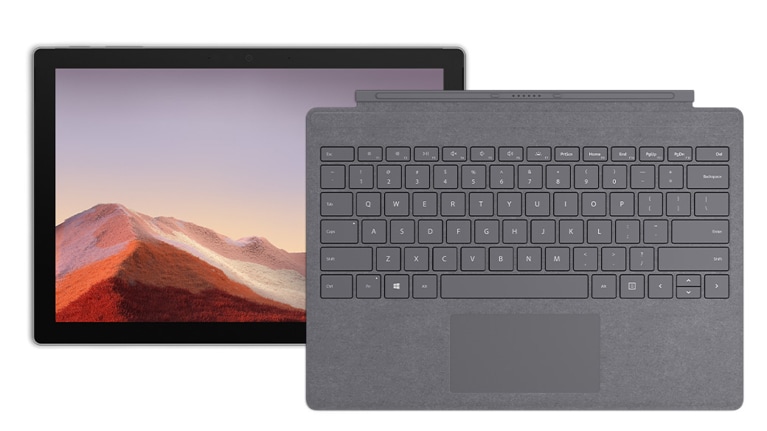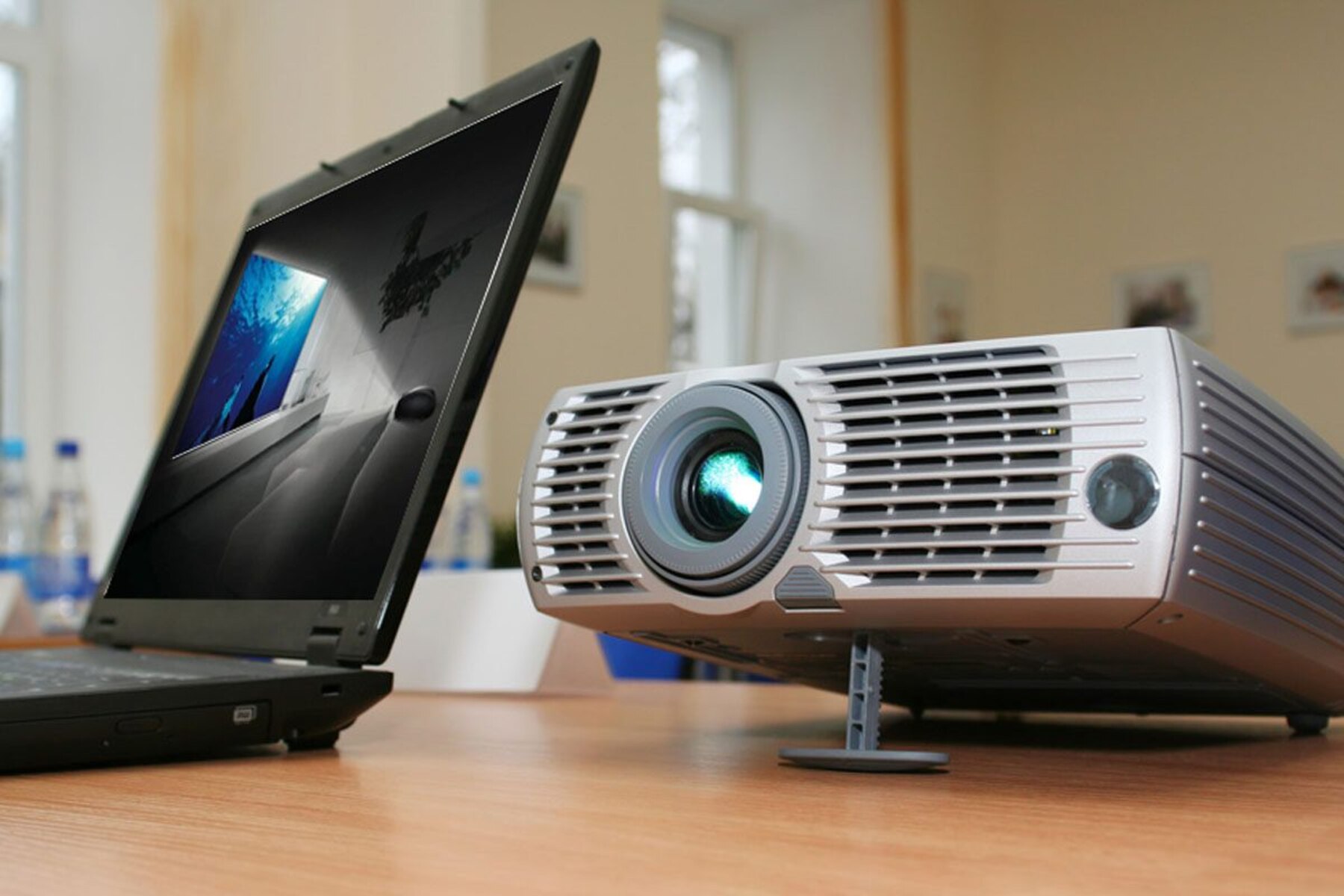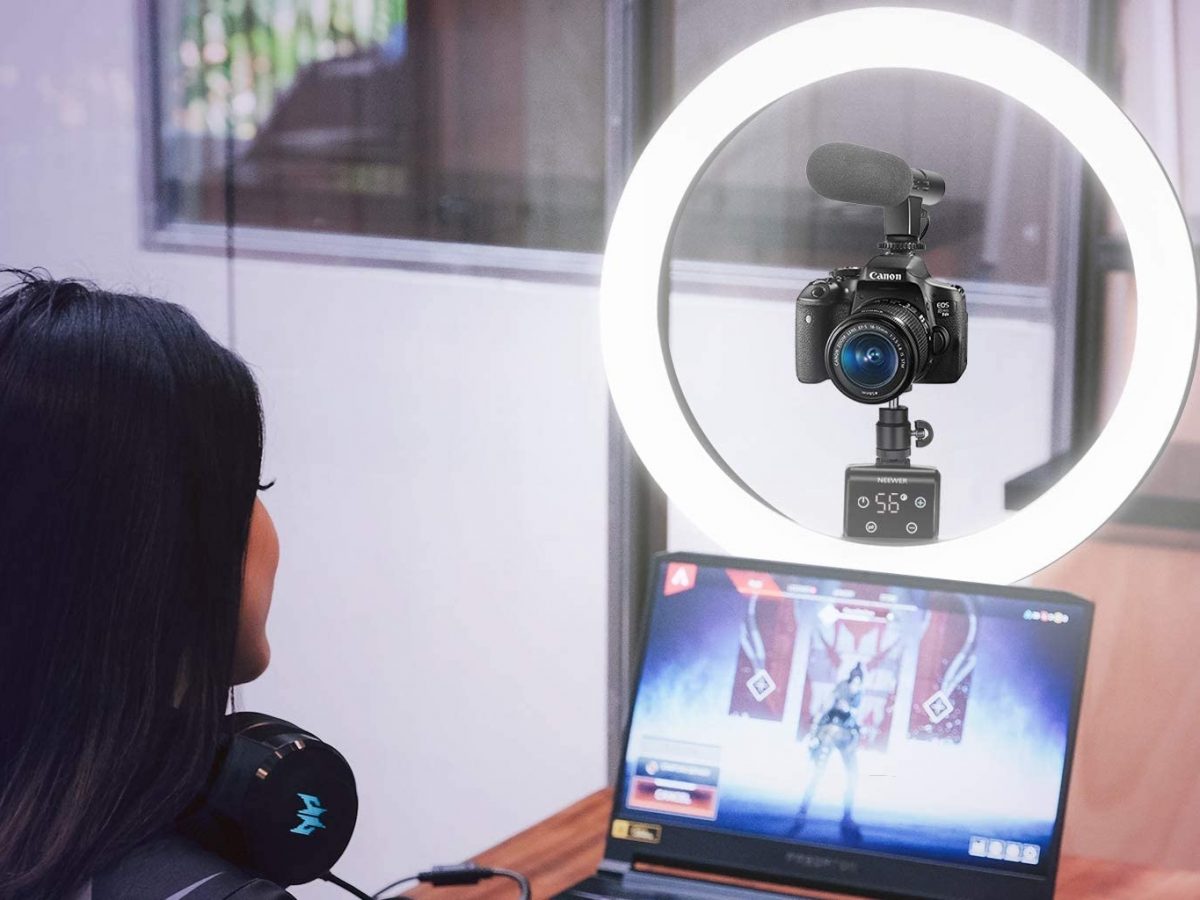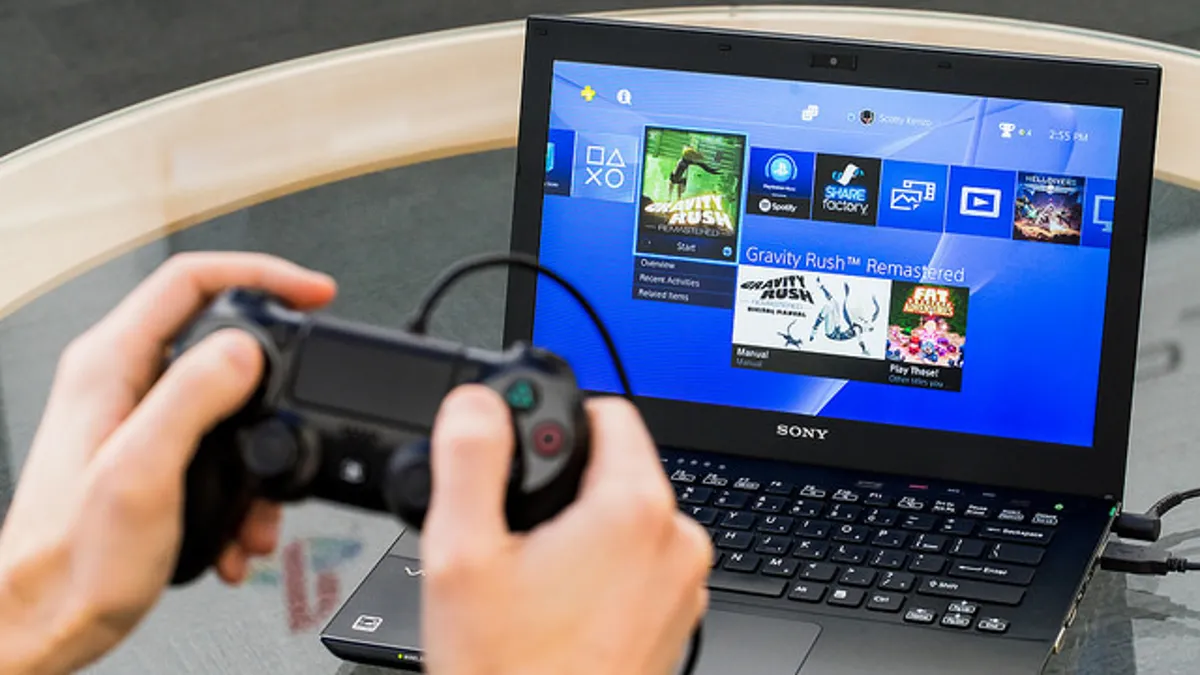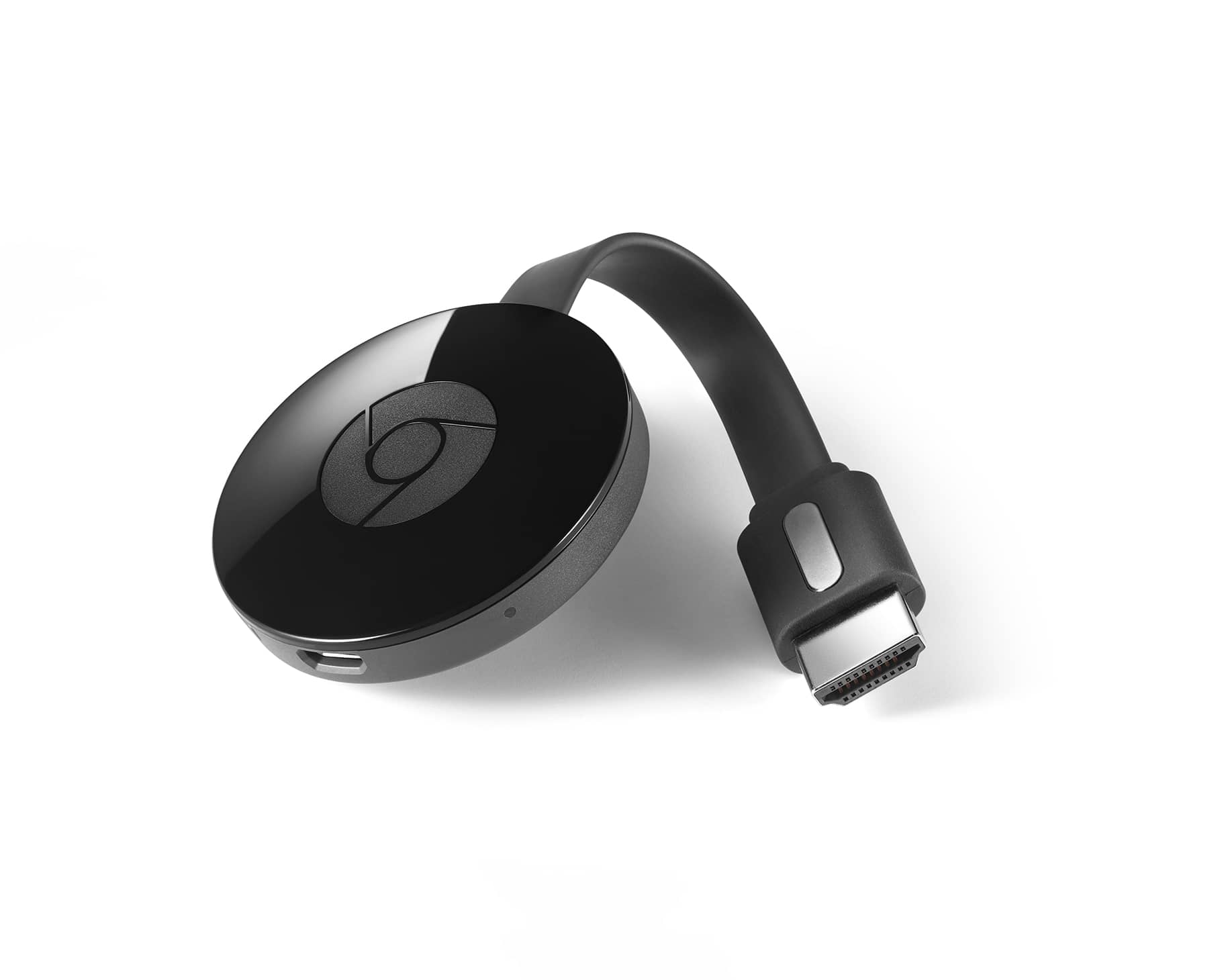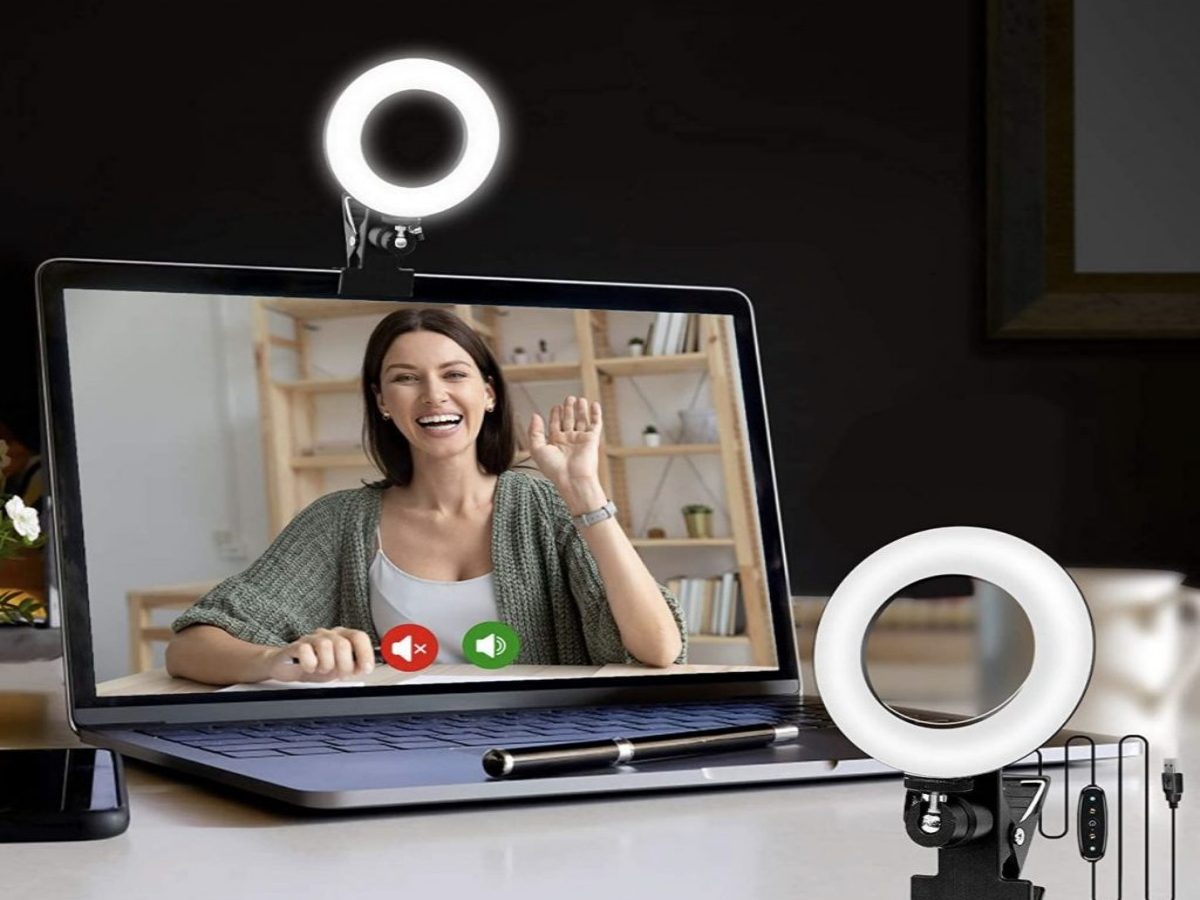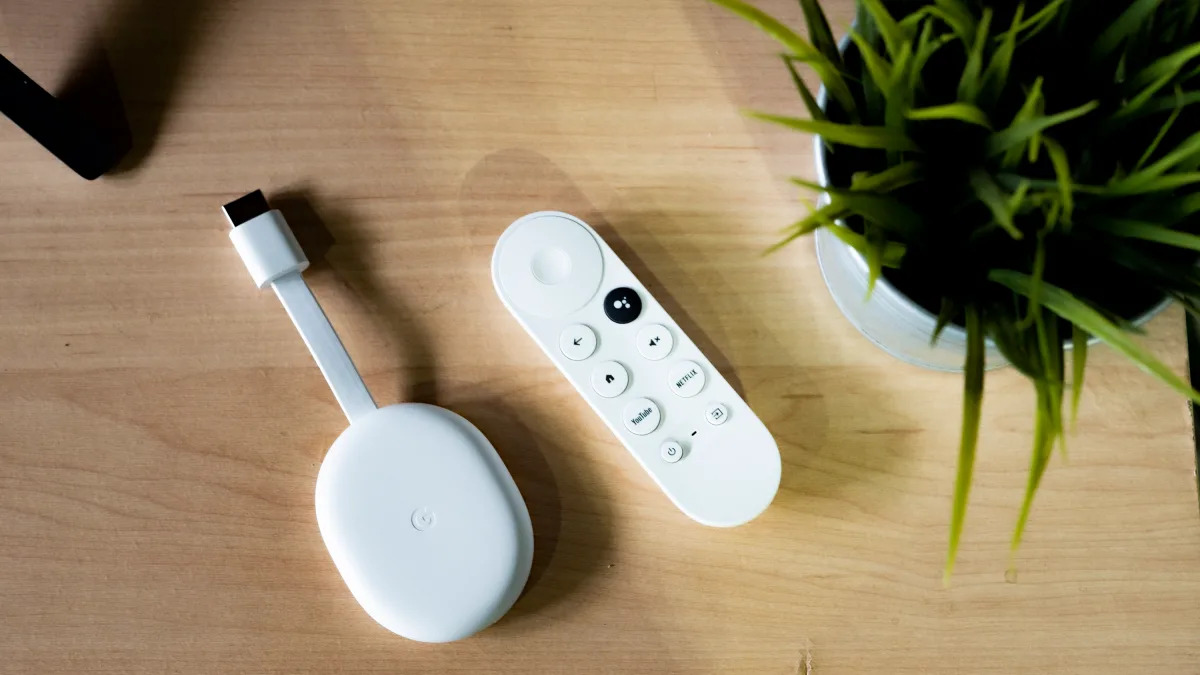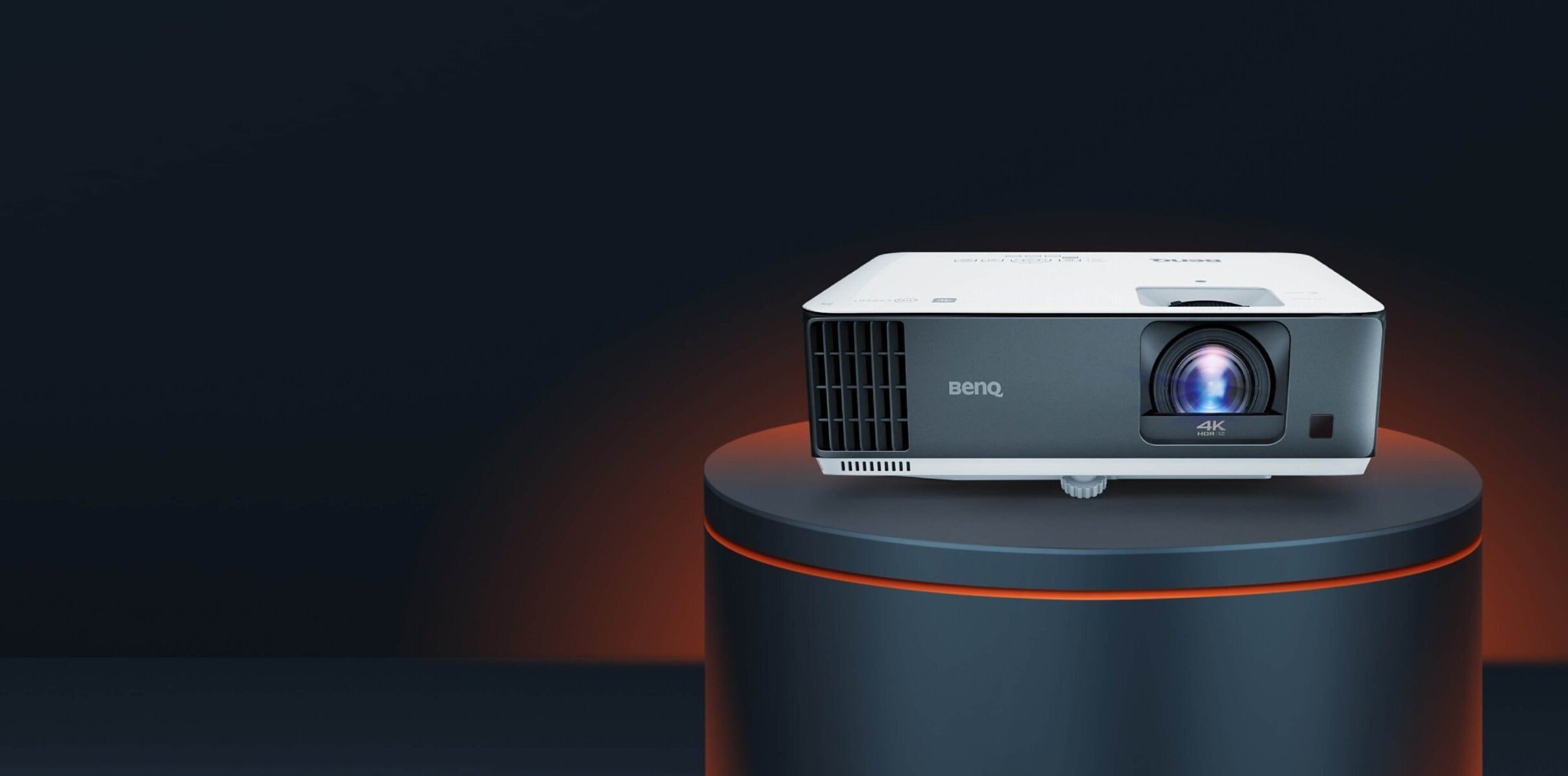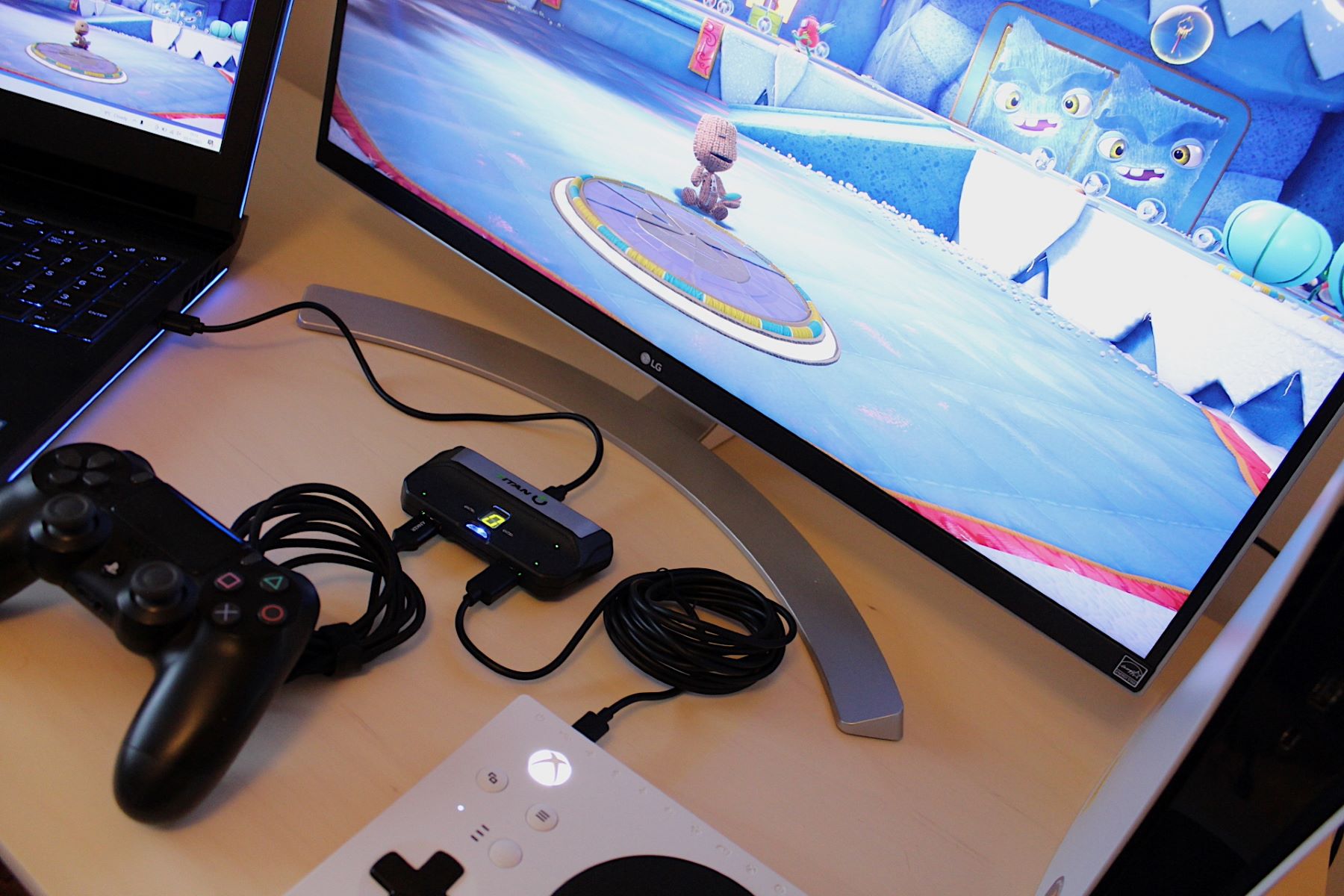Working remotely provides numerous benefits. You’re more comfortable, have more control over your time, and can eat home-cooked meals. However, there is one thing you must prepare if you’re set on working from home: having a good work setup.
What are the best laptops for working remotely? Let’s find out.
For programming tasks, check out our article on the best laptops for programming.
12 Best Laptops for Working Remotely
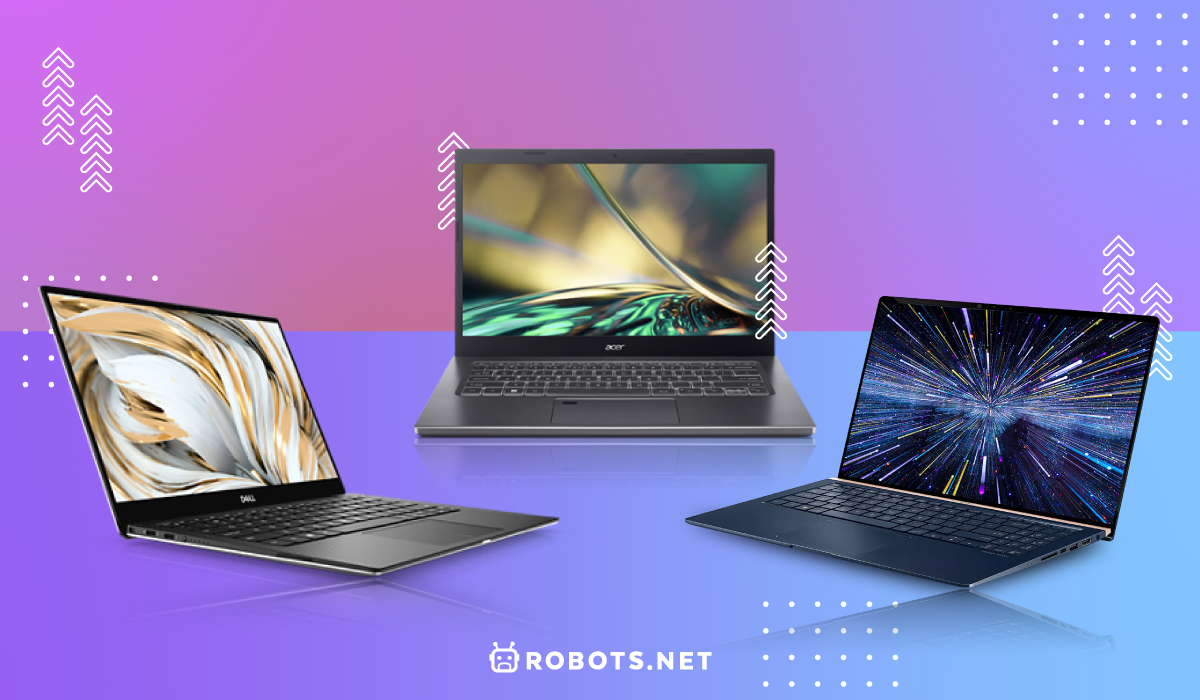

Pros
- Great for day-to-day office work
- SSD storage is excellent for speed
- HD webcam
- WiFi 6 guarantees a better network connection
- Good value for the price
- Solid battery life
- Touchscreen display
Cons
- The weak processor cannot run pro apps smoothly
- 8GB of RAM might be lacking if you multitask often
What is the best computer for remote work? The Acer Aspire 5 is one of the best laptops for working remotely if you need something affordable yet competent. With this laptop, you get decent performance because of the 8GB of RAM and 256GB of SSD storage. You certainly won’t need to worry about slowdowns as long as you’re using regular office apps like Microsoft Word.
In addition, it’s one of the best laptops for working remotely if a reliable network connection is your top priority. That’s because the laptop already comes built-in with WiFi 6 and even has Amazon Alexa support. Apart from this, the laptop should also perform well in terms of conference calls because of the HD webcam.
Now, it’s not the biggest powerhouse because the Acer Aspire 5 only sports an Intel Core i3 process. This makes it competent for daily tasks like email, web browsing, using MS office, and viewing PDFs. However, don’t expect it to be powerful enough to run pro apps like Adobe software.
With that said, the Acer Aspire 5 might be less powerful than others. Nonetheless, it’s the best laptop for working from home for under $500. We doubt you’ll find many other options priced this competitively.
Pros
- Affordable with good value
- Long-lasting battery life
- Amazon Alexa built-in
- Lightweight
- 16-inch LCD screen
- Includes a fingerprint reader and Windows Hello
Cons
- RAM could be better
- Webcam is only HD (720p)
- The display is not that bright
- Speakers lack power
Acer makes some of the best budget laptops for working from home. One of these models is the Acer Swift 3, a lightweight laptop you can take anywhere. Like the Aspire 5, this model features a long-lasting battery life that lasts roughly 12 hours. It also supports Alexa, so you may conveniently delegate smaller tasks.
In addition, what makes the Swift 3 a viable option is that it houses a large, 16-inch 1080p screen. As a result, you can multitask more freely with the device and open several apps and windows at once.
It also has a better processor than the Aspire 5 and sports an Intel Core i7-11370H. The laptop is also built with integrated graphics and a fingerprint reader. Overall, you can find better performance using more robust apps using the Aspire 5.
However, The Swift 3 does have a few caveats, like the Aspire 5. For example, the webcam is still 720p despite the price being bumped up to nearly $700. Furthermore, while the processor is better, it still can’t run high-end apps like Adobe software.
The speakers are also lackluster, and the display is dimmer than what we would have liked. Nonetheless, it’s the best laptop for working from home for under $1,000 if you need a mid-range device.
Pros
- Portable and light
- Two Thunderbolt 3 ports included
- True-tone
- Great performance with an 8-core CPU and the M1 chip
Cons
- Limited storage capacity
- Expensive despite being Apple’s budget laptop
- Lacks connectivity options (two USB-C ports only)
The new Apple MacBook Air with the M1 chip boasts stunning performance compared to its predecessors. Despite using a system-on-a-chip (SoC), it’s even more powerful than Apple’s older Intel-based MacBook Air. It’s also the most affordable MacBook device you can find despite being so powerful.
In addition, what makes the MacBook Air distinct is how well it is built. It has a wonderful Retina display and fast processing speeds. Moreover, its frame is sturdier (having been made of aluminum) than Windows counterparts that mostly use plastic.
Despite its aluminum chassis, it’s still lightweight enough to bring with you whenever you need to come into the office. The MacBook Air also gets a minimum of 8GB of RAM and is upgradeable to 24GB. Its storage options are also decent and start with a 512 SSD.
However, like most modern MacBooks, the M1 Air does come with a few downsides. For example, it’s expensive and starts at around $999 despite being Apple’s “budget” model.
Moreover, the laptop sports only two USB-C ports, making it terrible if you need to access multiple external accessories. Nonetheless, it remains one of the best multitasking laptops you can find. That’s why we still recommend it as one of the best laptops for working remotely.
Pros
- Powerful enough for pro graphics and art apps
- Multiple RAM, storage, and screen size configurations are available
- Extremely long battery life
- Great for vloggers, graphic designers, photographers, and the like
- Lightweight despite being heavier than the Air
Cons
- Extremely high price tag, especially for heavier-duty configurations
- Overly powerful for regular office work
If you need the Apple ecosystem and need tons of power, we recommend the Apple MacBook Pro. It comes in multiple sizes, including 13, 14, and 16 inches, so you can pick any depending on your needs.
As you might expect, the MacBook Pro is a much more powerful device than the Air. It’s a step up in every way, including the new “Pro” version of the M1 processor. However, the baseline model does offer the same 8GB of RAM as the Air. Hence, multitasking might only differ depending on the configuration you get.
Like the Air, the Pro also has various storage configurations. It starts at 256GB and goes as high as up to 8TB if you deal with large files. Moreover, what distinguishes the Pro is that its battery can last 17 to 21 hours, depending on the model.
However, like most Apple devices, the MacBook Pro is expensive. It’s certainly not an affordable option. Moreover, not everyone will need this much power and performance for regular jobs. Nonetheless, it’s still one of the best laptops for working remotely, especially if you’re a creative professional.
Pros
- Great battery life (15 hours)
- Competent processor (Intel Core i5 or i7)
- Good graphics
- Great for gaming
- Keyboard is comfortable
- Looks and feels premium
- OLED panel
Cons
- 2GB of VRAM only
- Slightly dim display
- No Thunderbolt 3 port
- Extremely expensive
If you need a powerful Windows machine, one of the best laptops for working remotely is the Asus ZenBook 15. Even the aesthetics and feel seem premium and well-designed. No wonder it’s one of the best laptops for working remotely if you want something you can also bring to the office.
What are its perks? Firstly, the Asus ZenBook 15 sports a beautiful OLED panel. This means colors are likely accurate with blacks as black as they can be. Moreover, the laptop can come equipped with either AMD’s Ryzen processors or Intel’s Core i5 or i7 processors.
Regardless of which you choose, you should end up with a competent computer that can perform well. It should even be able to handle heavier workloads and powerful apps. In addition, its built-in NVIDIA GTX 1050 Ti should handle graphics-related tasks. You can even play games with it.
Finally, the battery life is much better than many Windows alternatives today. All-in-all, it’s one of the best laptops for working remotely if you’re a designer, animator, or video editor.
However, we do wish the display could be brighter and that the model would have more VRAM. Its lack of Thunderbolt 3 support is also a little disappointing, especially because it costs nearly $2,000.
Pros
- Long-lasting battery life
- Lightweight
- Powerful processor
- Stunning FHD monitor with 60Hz refresh rate and anti-reflect
- Great speakers and touchpad
- Great value for money
- Includes two Thunderbolt 4 ports and a headphone jack
- Luxurious design
Cons
- Expensive
- Dim display
- Webcam quality is average
Which laptop is best for daily office work? One of the ones we’d like to recommend is the Dell XPS 13. It’s a competent computer that performs well because of the Intel Core i7 processor. Moreover, it even has other great features, such as an infinity-edge HD LED screen. The laptop also comes equipped with the latest technologies, including Bluetooth 5 and WiFi 6.
With that said, the XPS 13 should satisfy most of your needs. It’s lightweight, slim, and rivals the MacBook Air in overall performance. The laptop also has all-day battery life and is beautiful enough to be brought to the office.
Like most laptops, the XPS 14 also has several configuration options. You can adjust the video card, color, storage, and keyboard. The laptop also has stellar ports and comes with two Thunderbolt 4 ports. It also has a slot for your headset.
However, the laptop does have its disadvantages. For example, the display, while boasting FHD quality, is a bit dimmer than we’d like. It’s certainly not the best for working outdoors. Moreover, the webcam quality is average — a shame considering its expensive price. Nonetheless, it’s one of the best laptops for working remotely if you have the budget.
Pros
- Great performance and power
- Lightweight
- Amazing keyboard and touchpad
- Good speakers
Cons
- Sometimes noisy
- The battery life could be better
The Dell XPS 15 is an upgraded version of the XPS 13. As you might expect, it’s one of the best laptops for working remotely if you need something with a larger screen. Its screen, like the 13-inch version, also comes with FHD quality and anti-glare features.
However, the display isn’t the only one that makes this model stand out. The Intel Core i7, 16GB of RAM, and large storage capacity are also notably better than the XPS 13. It also has better graphics, sporting the GTX 1650 Ti.
Like the XPS 13, the XPS 15 manages to retain that lightweight and slim profile. Hence, it’s great for portability. Moreover, the laptop looks sleek and stylish, so it won’t put you to shame no matter where you’re working.
However, the battery life could be better because 11 hours isn’t enough for some. That number will also likely get lower with heavy use. Nonetheless, this machine is one of the best laptops for working remotely if you need a powerhouse.
Pro
- Tablet and laptop all at once
- Comes with a stylus
- Good keyboard backlighting
- Lightweight
- Speedy processor
- Good memory capacity
Cons
- Battery life is a little substandard
- Prone to damage because of the 360-degree hinge
The HP Envy x360 is a great choice if you need something versatile. That’s because it functions as a computer and tablet. As the name suggests, the laptop’s monitor bends 360 degrees, so you can utilize it that way. You can even draw on it — great for creative professionals.
Apart from this, the laptop provides solid overall performance. It sports an Intel Core i7 processor, a 15-inch display, 16GB of RAM, and 512GB to 1TB SSD. Thus, it’s certainly handy if you need raw power.
However, the battery life isn’t as good and only lasts 10 hours at most. Moreover, because its screen rotates, it’s more vulnerable to damage. Nonetheless, it’s one of the best laptops for working remotely if you need a creative two-in-one.
Pros
- Touchscreen
- Includes WiFi 6 and Bluetooth 5
- Inexpensive
Cons
- You can’t download some business apps
- Battery life could be longer
One of the best laptops for working remotely is the Lenovo Chromebook Flex 5. It’s a solid choice if all you need is decent performance and an affordable price tag. Sure, it won’t break records because it only houses a 10th-generation Intel Core i3.
However, it does support Bluetooth 5 and WiFi 6, making it decent at connecting to the network and external devices. Moreover, it has a touchscreen display, so it’s somewhat versatile. Of course, it does lack power and can only last about 10 hours.
Nonetheless, it’s one of the best laptops for working remotely if all your tasks are simple and web-based. We don’t recommend it for heavy work, though — especially if you need to download business apps. It won’t run certain apps because it’s limited by ChromeOS.
Pros
- Budget-friendly
- AMD Ryzen 5 processor performs decently
- Lightweight
- Fingerprint scanner
- Sturdy chassis
Cons
- The battery only lasts roughly 6-8 hours
- Dim screen
- No USB-C port
Are you looking for the best laptops for working remotely but can’t afford high-end laptops? If so, we suggest looking at the Lenovo IdeaPad 3. It sports a decent AMD Ryzen 5 processor, so it should perform well enough for regular work. However, it’s not as great at multitasking or working with large files because of the 8GB RAM and 256GB SSD.
Nonetheless, it’s a decent device to use if you need something lightweight and sturdy. We do wish it could have included a USB-C port and a brighter screen, though. Moreover, its battery life is sub-par, making it a weak choice if you work outdoors often. Nonetheless, it can be hard to argue with the price. It costs less than $600, after all.
Pros
- Powerful performer for heavy-duty applications
- Great battery life
- 16GB memory is decent
- Touchscreen and Surface Pen included
- Lightweight
- Two-in-one tablet and laptop (detachable keyboard)
Cons
- Baseline storage is too small
- Includes only a few USB-C ports
- Expensive
If you need the best laptop for call center work from home, then the Microsoft Surface Laptop 4 is outstanding. It’s powerful and can run pro applications — great if you need to assist clients with heavy-duty software. That’s because it comes with a 10th-gen Intel Core i7 processor.
In addition, the laptop is versatile in that you can touch the screen and even draw on it. You can also detach the keyboard so you can use it solely as a tablet. Hence, it’s also a great choice for creative professionals who need to do graphic design work.
Furthermore, the Surface Laptop 4 performs well enough to compete with the MacBook Pro for Adobe apps. It’s also portable and light. We just wish there were more USB-C ports, though. The laptop could also benefit from providing larger baseline storage than 256GB. Nonetheless, it’s one of the best laptops for working remotely.
Pros
- Tablet laptop combination
- Runs Windows OS despite being a tablet
- High-resolution screen
- Decent processor
- Lightweight
- Small screen
Cons
- Baseline storage is too small (128GB)
- Expensive
Have you ever wanted to combine your iPad Pro and MacBook to make the ultimate two-in-one? If so, we’d like to introduce the Microsoft Surface Pro 7 to you. It’s a great substitute for creative professionals who require working with a stylus.
That’s because the device functions as a tablet with an attachable keyboard. However, what distinguishes it is that it can run the full Windows OS. Hence, you’re not limited to using finicky workarounds like using Duet Display to mirror your tablet. You can download pro apps straight from the web and use them freely.
On the other hand, the laptop-tablet is a bit lackluster in that its baseline storage only comes at 128GB. This is disappointing, especially because most creatives work with large files. Moreover, the Intel Core i5 might be powerful, but it’s not the best compared to others on this list.
The device is also expensive, so it’s a big investment. Regardless, it’s one of the best laptops for working remotely for art and regular work.
Factors to Consider in a Working Laptop
Are you interested in understanding work-from-home laptop requirements before you make a purchase? Here are the factors to consider.
Price
Good laptops usually come at a high price. However, most people can’t afford to buy high-end laptops. That’s why considering your budget first is always good before you buy anything.
Specs
What processor is best for working from home? How much RAM is appropriate for your work laptop? Moreover, what is the difference between a business laptop and a personal laptop? Specifications are an important part of making your purchasing decision. That’s especially true if you use heavy-duty or professional apps like Adobe Creative software.
Overall, it’s crucial to know the requirements of the kind of apps you’ll use. For example, having at least an Intel Core i5 processor is essential for running creative apps. Moreover, it’s even better if you have something with 16GB of RAM as a baseline.
However, if you only do simple tasks like running Microsoft office or using web browsers, then you don’t need much. A simple Chromebook or budget laptop should do the trick. The key is finding out your specific job’s hardware requirements.
Value
What is the best laptop to buy if you want to make the most of your purchase? Sure, people might say the best laptops are those with the best performance. However, this should not be your sole consideration. That’s because price plays a big role in our every purchasing decision.
Overall, you must balance the performance with the price. How much can you shell out? Moreover, are the laptop’s features (for example, having a tablet mode or high-end graphics) worth the money? Yes, the answer will depend on what kind of work you do. However, regardless of the nature of your job, balancing price, performance, and features will yield the best overall value.
Pros and Cons of Using a Laptop Suited for Work
Buying the best business laptops is essential if you want to be effective at working remotely. What are the upsides and downsides of getting the best laptops for working remotely? Check them out below.
Pros
- Reduced working hours
- Increased efficiency and effectiveness
- Eliminate headaches that come from hardware/software issues
- Better focus on the task at hand
Con
- Frustration from slow performance
- Longer working hours
- Potentially worse performance
- Low scores in performance evaluations
- Losing focus on the work
Final Word
The best laptop for working from home will depend on the nature of your job. Are you a creative professional? Then going for Apple’s MacBooks or something with a good graphics card would be the better choice. However, if you’re simply using Microsoft Word or running web apps, going with more affordable models is wiser. It will hinge on your work and how much you can spend.

